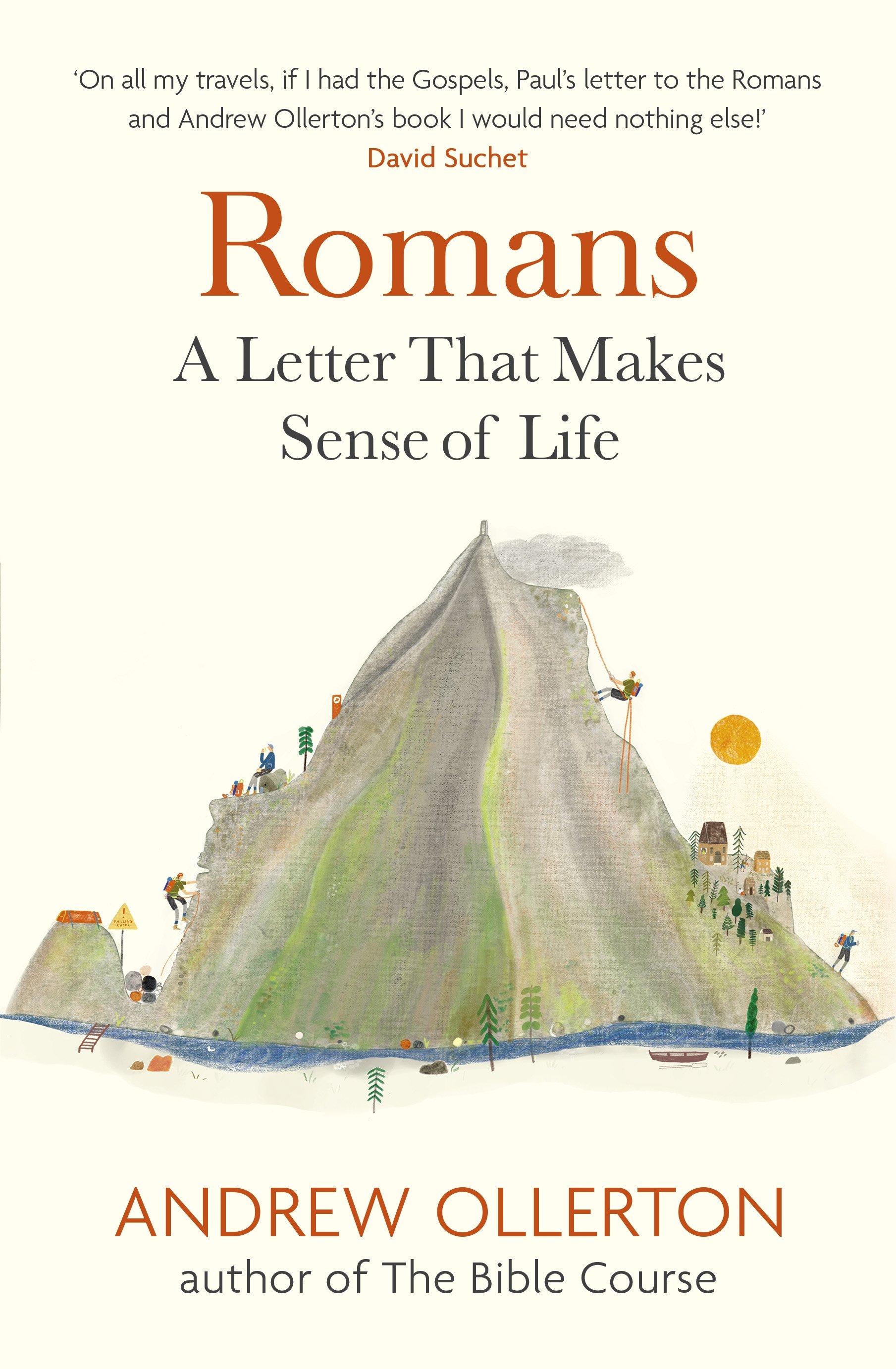How to preach through Romans without emptying the church
/by Andrew Ollerton
As a young pastor in Cornwall, I admired the ‘Mount Everest’ of the Bible but didn’t dare preach through it. I feared Romans would prove too much for our fledgling congregation. ‘Chapter 1 is controversial, Romans 6-7 really challenging, Romans 9-11 too complicated… best stick to Philippians!’ But then Danny came along and made me think again. As a former drug addict who dropped out of school aged 14, Danny was hardly Romans material. But after becoming a Christian, he stumbled on Paul’s letter and began reading it slowly. Verse by verse, he found it to be a revelation that calmed ‘the madness in my head’, as Danny later put it.
Since then, I have taught through Romans many times and seen what it can do. Here’s a few ‘TripAdvisor’ style comments from everyday Christians:
It’s amazing that an ancient letter is still so relevant (Hannah)
I experienced God’s love in a personal way (Alice)
The whole Bible now makes more sense (Danny)
Romans gave me a new perspective on my life (Simon)
So, why not give it a try? Here’s some tips that I develop further in my new book, Romans: A letter that makes sense of life.
Start at the end
Romans 16 finishes with a long list of greetings. They paint a picture of the community behind the letter. Imagine the scene… slaves and masters, men and women huddled together in a villa. Phoebe has arrived from Corinth with a top-secret scroll and begins to read: ‘Paul, a servant of Christ Jesus… to all who are in Rome’ [Romans 1:1,6]. Before diving into the theology, unpacking this backstory gives the letter a sense of humanity. These were real people like you and me. It also highlights the diversity of the early Christian community as the gospel broke down social divisions between slave and master, Jew and Gentile, male and female.
Give the big picture
It really helps to give people a route map through Romans, so they don’t feel lost and confused in the more detailed sections. I have developed the mountain metaphor as a visual way of imagining the whole letter: from the valley of sin [Romans 1-3], up to mountaineering the crux section of salvation [Romans 3-4], along the ridge of freedom [Romans 5-8] to the summit of hope [Romans 8-11). Then, ‘in view of God’s mercy’ we descend into more practical teaching [Romans 12-16]. Using this approach, or something similar, means each passage is framed by the whole and the series takes on a sense of adventure.
Keep the main thing the main thing
In Romans, Paul is clearly concerned that the house churches in Rome don’t splinter into divisions and become suspicious of each other. The whole letter is designed to show that we are united through the gospel, even if we disagree on some secondary matters. I have found teaching through Romans increases unity. It helps us talk through differences in a more constructive way and galvanises people around a shared passion for mission.
So don’t be put off. Teaching through Romans may feel challenging, but the view is worth it!
Author: Andrew Ollerton
Dr Andrew Ollerton is a theologian, pastor and popular communicator. He works with Bible Society and developed The Bible Course, an eight-session guide to the big story of the Bible for small groups. He is the author of The Bible: A Story That Makes Sense of Life and Romans: A Letter That Makes Sense of Life, both published by Hodder Faith. Follow Andrew on Twitter @AndyOllerton, on Instagram @andyollerton and on Facebook @AndrewOllerton
Romans: A Letter That Makes Sense of Life was published on February 2023 and is available HERE.





